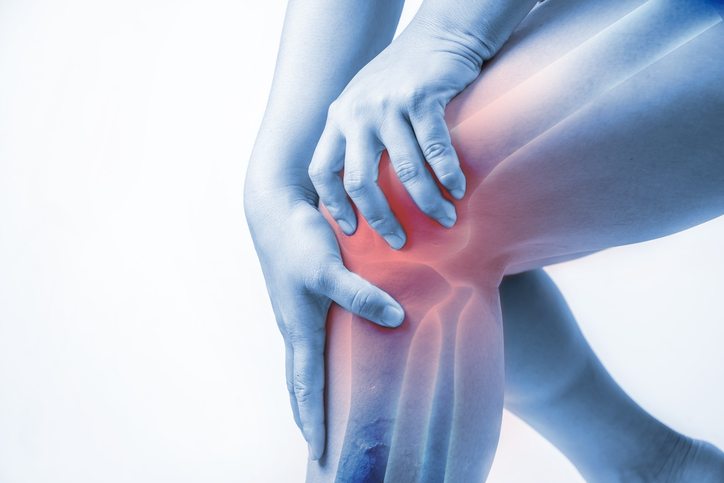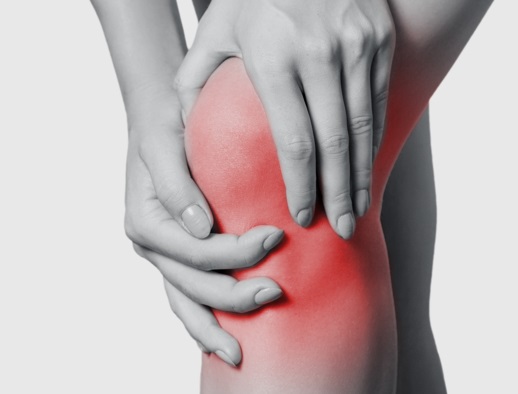Intraarticular injections-patients with severe pain of knee, joint effusions and local signs of inflammation benefit by intraarticular injections of corticosteroids (triamcinolone 40 mg). This will be effective for short term period in reducing pain and increasing quadriceps strength. Some patients will require about 3 to 4 injections in a year, to using aseptic precautions, the infection rate is negligible. Sometimes mild flare up might be seen in joint inflammation following intraarticular injections, more than 3 to 4 injections in a year, should be considered for either joint lavage or surgery. Repeated injections (>4/year) are not recommended for the fear of damaging the cartilage of weight bearing joints.
Tidal irrigation- The principle is washing off the inflammatory mediators, debris and breaking adhesions. Closed tidal knee irrigation with normal saline is done under local anaesthesia; this is as good as arthroscopic lavage. Saline is infused into the knee to distend the capsule and then is withdrawn. A total of 1 to 2 litres is used for this kind of irrigation. Patients feel improvement in their joint mobility along with reduction of stiffness. This procedure has to be done under aseptic precautions.
Arthroscopy- This will be useful in meniscal tear and other internal derangements. Surgery- patients having very severe symptoms should be considered for surgical options like tibial osteotomy, arthroplasty and joint replacement. Surgical options should be considered, once medical line of treatment fails. Surgical options should be delayed as much because the total joint arthroplasty might last between 10-20 years. Patients will have to modify his/her lifestyle to certain extent because of the ergonomics of replaced joint.
Prolotherapy and Prolozone Therapy. Injection of tissue proliferants (like ozone, dextose etc.) inside the joint and around the joint reduces pain, inflammation and it strengthen ligaments. It is also claimed that it promote cartilage growth.
Stem cell therapy- Like its usefulness in other degenarative diseases, it is useful in osteoarthritis of knee also.
Pulsed Radio-Frquency Procedure (PRF)- This procedure is very effective procedure and was done first time in India. PRF is also effective in nociceptive pain by reducing inflammation.

